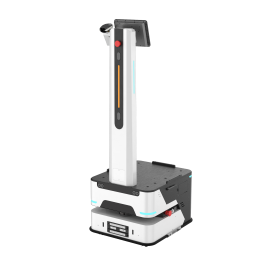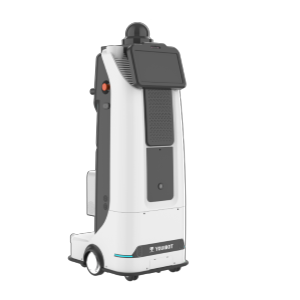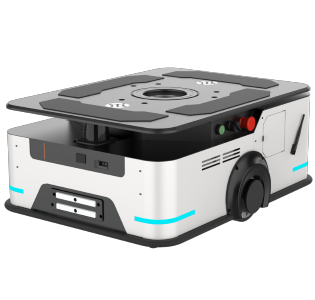
logistics robots have revolutionized the field of transportation and supply chain management by automating various tasks involved in the movement of goods. These intelligent machines are designed to efficiently handle material handling, sorting, packaging, and delivery processes. In this article, we will explore the principles behind logistics robots and discuss their applications in different industries.
The Role of Logistics Robots

Logistics robots play a crucial role in streamlining operations within warehouses and distribution centers. Equipped with advanced sensors and algorithms, these robots can navigate through complex environments while avoiding obstacles. They are capable of autonomously picking up items from shelves, transporting them to designated locations, and even collaborating with human workers for efficient order fulfillment.
Youibot: A Pioneer in Robotics Technology
One notable player in the logistics robot industry is Youibot. This Chinese robotics company specializes in developing mobile autonomous robots that cater to various industrial needs. Their innovative solutions combine cutting-edge technologies such as artificial intelligence (AI), computer vision, and deep learning algorithms to enhance efficiency and productivity.
Youibot’s logistics robots are equipped with state-of-the-art perception systems that enable them to accurately identify objects on shelves or conveyor belts. By leveraging AI capabilities, these robots can adapt to dynamic environments by continuously learning from their surroundings. The integration of cloud computing further enhances their decision-making abilities based on real-time data analysis.
The Rise of Mobile Autonomous Robots
In recent years, there has been a significant rise in the adoption of mobile autonomous robots across industries worldwide. These versatile machines offer numerous benefits such as increased operational efficiency, reduced labor costs, improved safety measures, and enhanced accuracy.
Mobile autonomous logistics robots can seamlessly integrate into existing warehouse infrastructures without requiring major modifications. They can efficiently navigate through narrow aisles, handle heavy loads, and optimize the use of available space. By automating repetitive tasks, these robots free up human workers to focus on more complex and value-added activities.
Furthermore, mobile autonomous robots are designed with built-in safety features to ensure smooth operations in shared workspaces. Advanced collision avoidance systems and real-time monitoring capabilities enable them to interact safely with humans and other machinery.
Conclusion
In conclusion, logistics robots have transformed the way goods are handled within supply chains. With their ability to automate various processes and adapt to changing environments, they offer significant advantages in terms of efficiency, accuracy, and cost-effectiveness. Companies like Youibot continue to push the boundaries of robotics technology by developing innovative solutions that cater specifically to industrial needs. As we move forward into a future driven by automation and artificial intelligence, logistics robots will undoubtedly play a vital role in optimizing logistical operations across industries.

